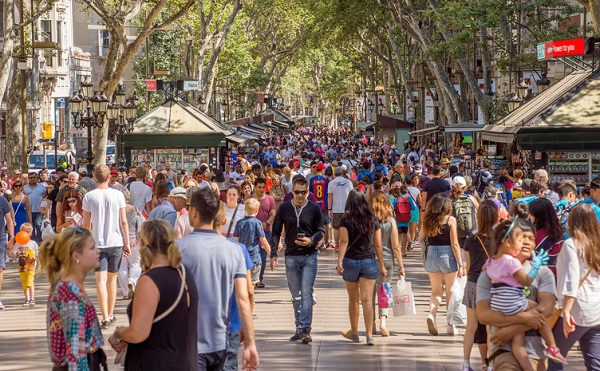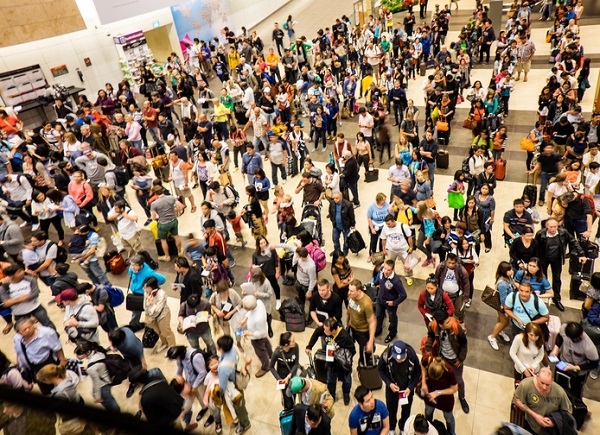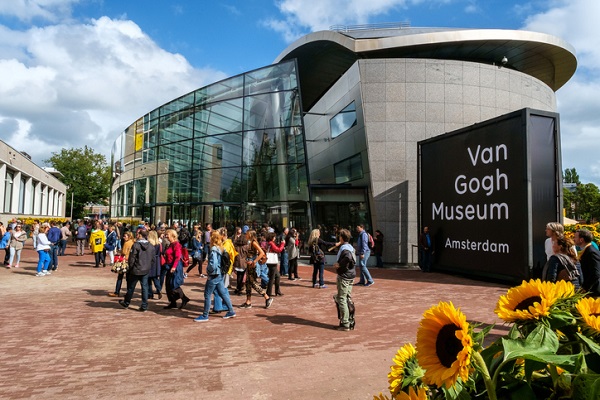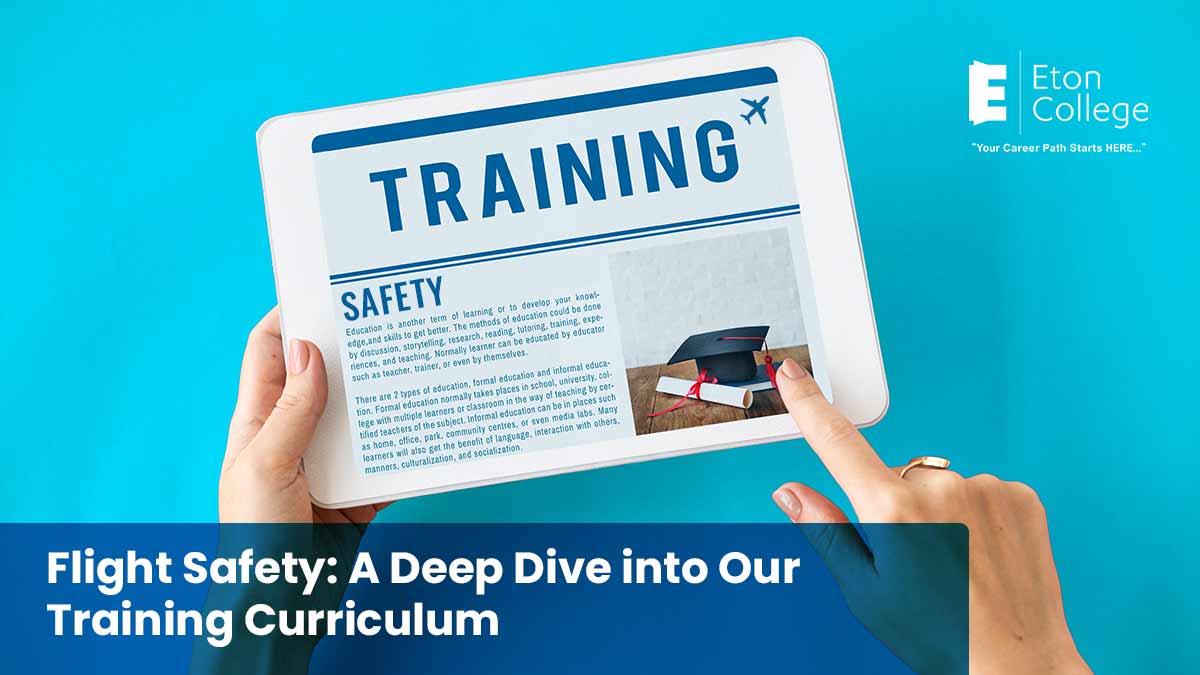Are you curious to know how travel and tourism professionals are helping solve the over-tourism problem? Keep reading to find out!
Tourism Professionals Help With Destination Diversity
The most immediate solution for over-tourism is destination diversity. This remedy is favoured in urban centers like New York and Barcelona, where the pressures of over-tourism are often greater than in remote or endangered wildlife areas. Enlisting the advice of tourism experts, cities typically boost destination diversity in two steps: first, by limiting tourist flow in busy areas and second, by providing an enticing alternative. The first step usually means higher taxation and stricter capacity limits around busy areas.

The second step usually calls on marketing strategies to redirect tourist flow. For instance, Amsterdam has recently rebranded the Zandvoort municipality as ‘Amsterdam beach’, providing an appealing tourist alternative 18 miles out of the city center. Professionals in local tourism industries often help promote new destinations, appealing to a visitor’s sense of exploration. Alternative attractions can also provide more authentic experiences of local culture, as compared to the ‘Disney’ quality of tourist favourites.
Good Timing Helps Industry Experts Manage Over-Tourism
Some destinations are unavoidable. Tourists intent on seeing the great pyramids or the Taj Mahal will understandably still want to see these one-of-a-kind attractions. In these cases, over-tourism becomes a timing issue. Industry experts can help by encouraging ‘peak-season’ summer travelers to consider the ‘shoulder season’ (April-June) or even ‘off season’ (November-March).

Good timing can also boil down to a single day. Tourist bureaus in overrun cities like Amsterdam and New York often encourage visitors to try popular afternoon activities in the morning, and vice versa. Whether it helps plan their year or their morning, travelers will appreciate this advice. Without the crowd of fellow visitors, travelers have a better experience at their dream destination. As professionals with travel and tourism careers know, reducing over-tourism is in the common interest of both locals and visitors.
Tourism Management Means Embracing Technology
To maximize their visits, tourists now get travel updates right on their Smartphones as well as on social media platforms. Naturally, industry professionals are embracing these tools to manage over-tourism, especially by informing visitors of under-appreciated attractions. In Amsterdam, a ‘Discover the City’ application is helping visitors find the best and least-populated sites. Another ingenious strategy that industry professionals have been considering is offering a video feed of the lineups outside beloved attractions, which can help visitors gauge when to drop by. A pilot program in Amsterdam tested out the idea during peak season with impressive results.

While Instagram and Facebook feeds are partly responsible for boosting over-tourism in picturesque destinations, they are also part of the solution. Social media is a crucial tourism management tool, allowing for up-to-the-minute updates on overcrowded attractions and instantaneous marketing for alternative destinations. As locals and visitors continue to work on overcoming over-tourism, these platforms are the perfect way to find a solution for all.

Are you looking for a travel and tourism college in Vancouver?
Discover how Eton College can help you prepare for your dream career.



